At the end of June, 80 volunteers from the KulturGutRetter project and the Federal Agency for Technical Relief (THW) started their training in Hilden. In a two-day practical course, the cultural heritage experts were trained to be able to be deployed abroad as part of the Cultural Heritage Response Unit (CHRU) when cultural heritage is at risk.
At the end of June, the THW logistics centre in Hilden presented a different picture from the usual logistics operations. At several training stations, volunteers of the Cultural Heritage Response Unit (CHRU) uncovered, documented and recovered lion statues, reliefs and building fragments. At several emergency conservation stations, CHRU members practiced photographing, professionally cleaning and packing shards, bones, glass, paper and other materials. THW volunteers and experts for movable and immovable cultural artefacts worked hand in hand. They all want to take part in future missions abroad with the unit currently being set up to protect endangered cultural assets in disaster situations.
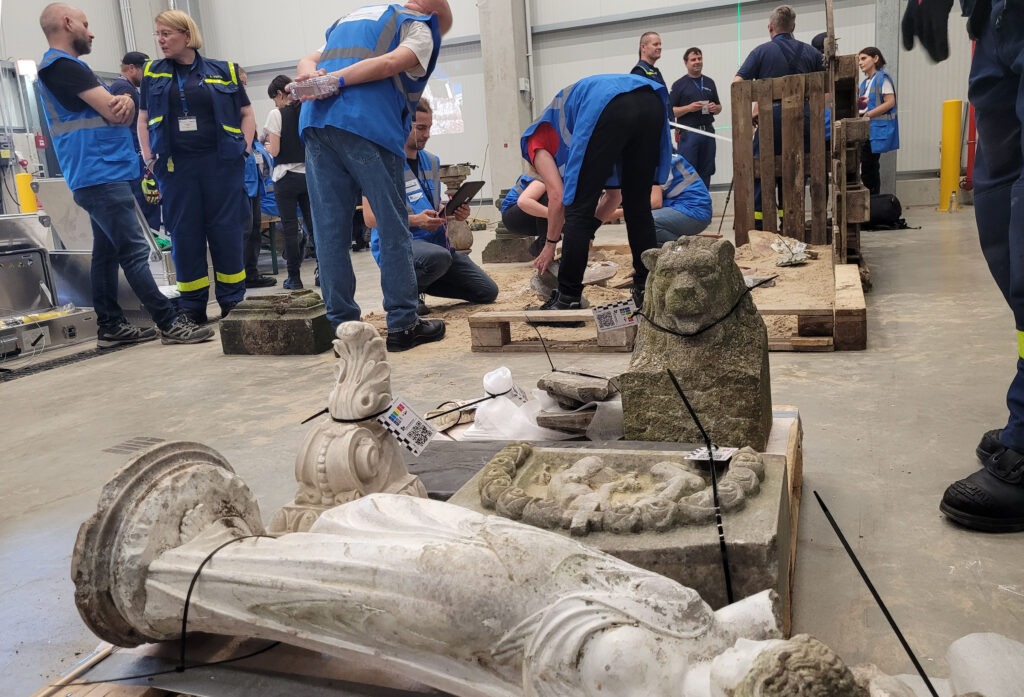
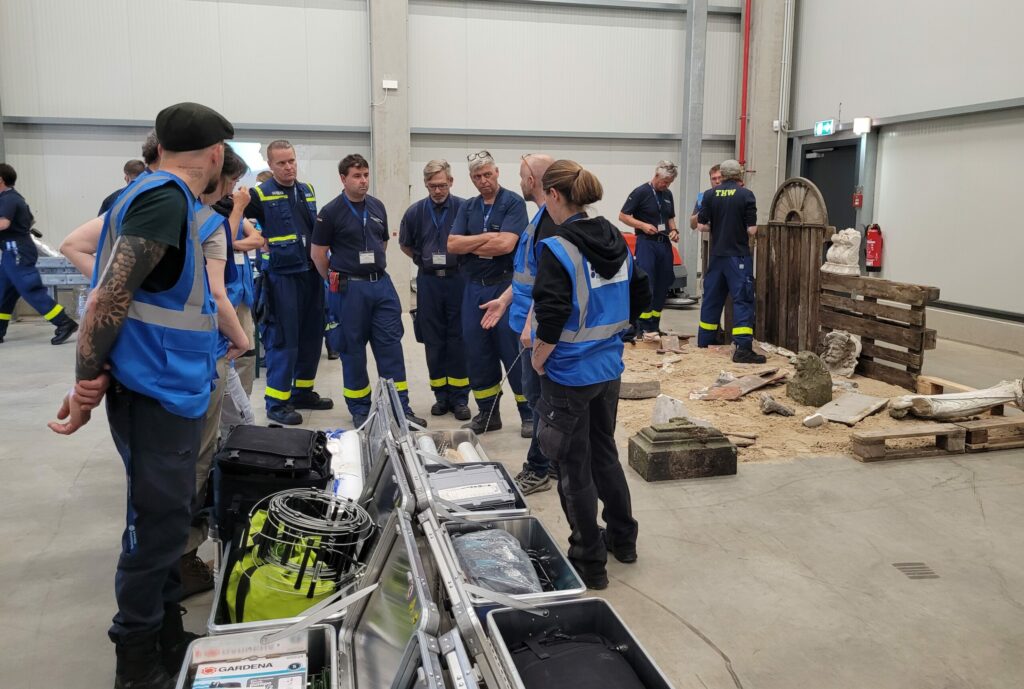
Training of volunteers in the “Immovable Heritage” sector | Photos: DAI, Eva Götting-Martin.
In the spring of 2024, more than 100 volunteer experts from fields such as conservation, building research, archaeology and IT signed up to become part of the Cultural Heritage Response Unit (CHRU), demonstrating how important the protection of world cultural heritage is to people in Germany. The project has been under development since 2019 under the leadership of the German Archaeological Institute (DAI), together with its partners from the Federal Agency for Technical Relief (THW) and the Leibniz Centre for Archaeology (LEIZA). In 2024, the KulturGutRetter project team will train 40 volunteer cultural heritage experts. A further 40 THW volunteers have joined the CHRU and took part in the first practical training on 24 and 25 June. The training was organised and prepared by the KulturGutRetter project teams of the three partners and around 10 full-time THW staff.

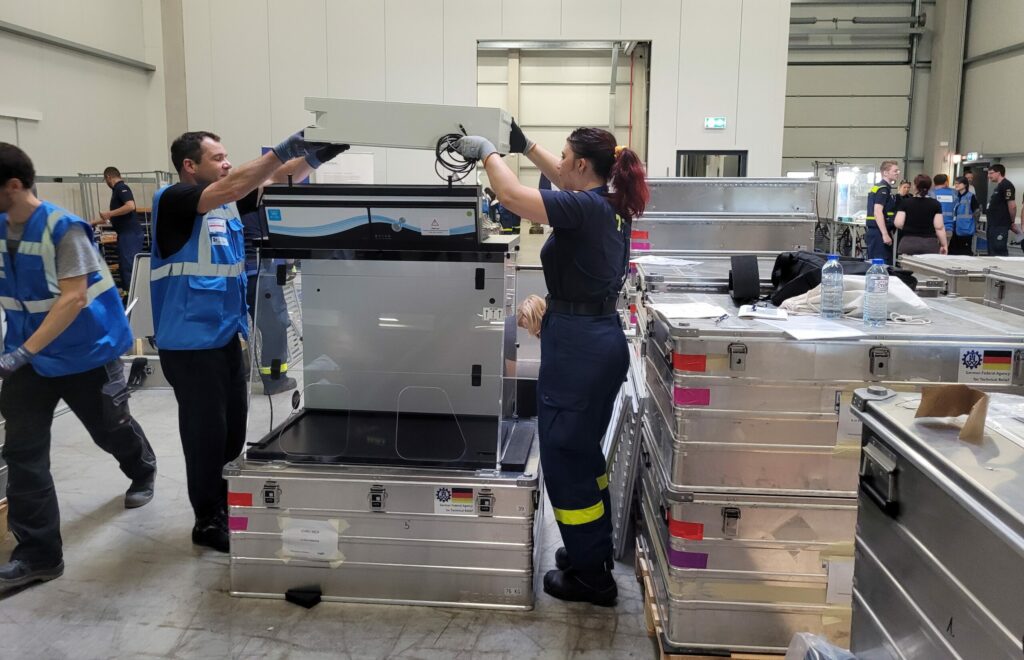
Circuit training at the stations of the mobile emergency conservation laboratory | Photos: DAI, Eva Götting-Martin.
During the training, the volunteer movable cultural heritage experts familiarised themselves with the mobile emergency conservation laboratory developed at LEIZA for air transport to disaster areas. During the training, the volunteer conservation and restoration specialists familiarised themselves with the CHRU’s equipment and procedures for rapid emergency conservation of endangered cultural heritage, and practiced setting up and dismantling the laboratory. The volunteer experts have different specialisations, so the volunteer pool has a wide range of expertise in the event of a disaster, from emergency conservation of paintings to textiles and archaeological objects.
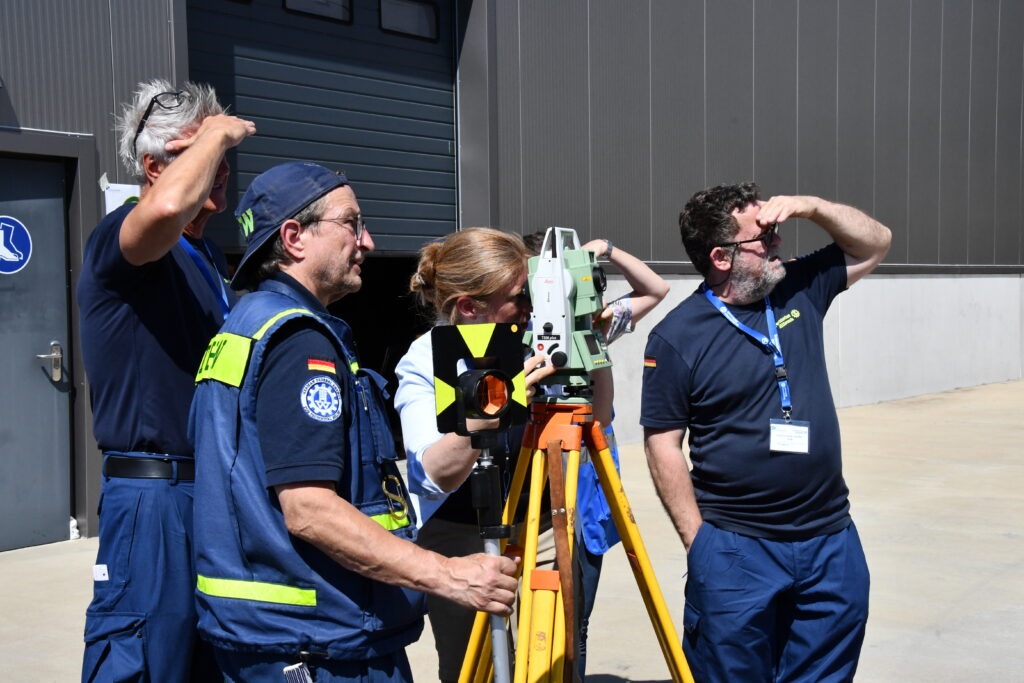
Surveying and data transfer to the KulturGutRetter software using total station and GNSS | Photos: DAI, Eva Götting-Martin.
The CHRU is also prepared to respond when architectural heritage is threatened by earthquakes, fires, floods or other events. During the practical training, experts in surveying, building research, architecture, conservation and heritage management learned about the Minimum Standards Procedures (MSP) for surveying using tachymeters, 3D laser scanners and GNSS, and practiced transferring the data into the DAI’s QField-based digital documentation system. During the exercise, specialist conservation experts practiced the efficient documentation and recovery of movable building parts and movable heritage at an emergency site in a fictional scenario using replicas.
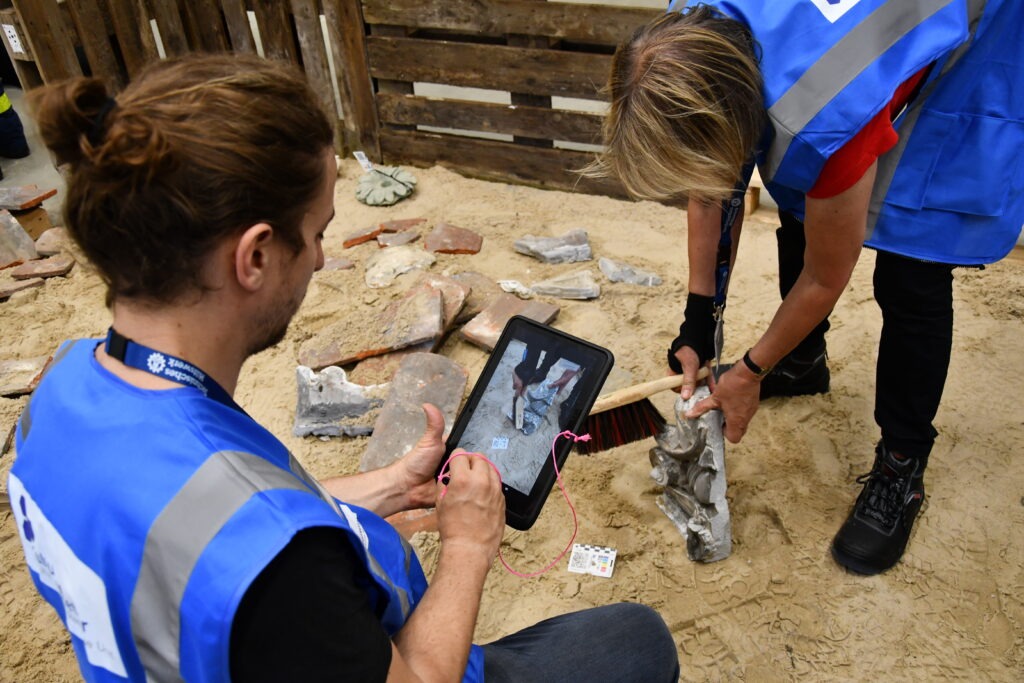
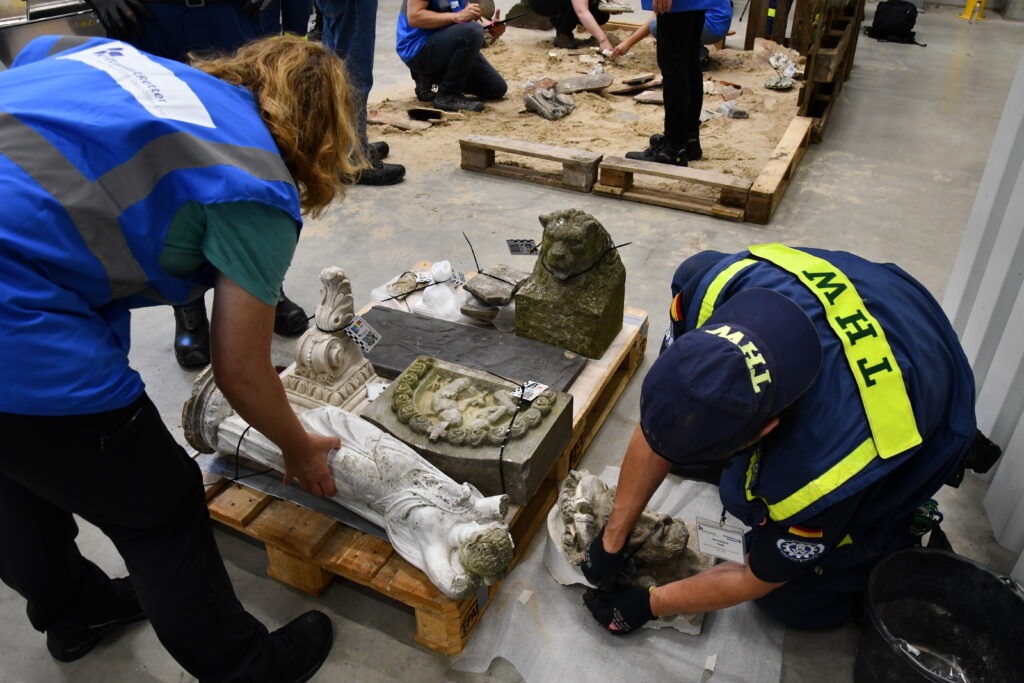
Volunteers practice mapping and documenting using an app and recovering cultural artefacts | Photos: DAI, Eva Götting-Martin.
After successful completion of the practical training, the volunteers will be able to apply what they have learned in a full-scale exercise in September this year. The first team of the Cultural Heritage Response Unit (CHRU) of the KulturGutRetter project, consisting of volunteer experts in disaster and cultural heritage protection, will then be trained for the first time at the end of 2024. The KulturGutRetter project, which is supported by the German Foreign Office and the German Bundestag, will then be able to establish the operational readiness of the CHRU in 2025.
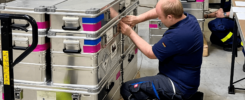
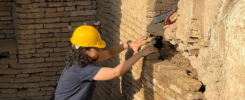
2 comments
Comments are closed.